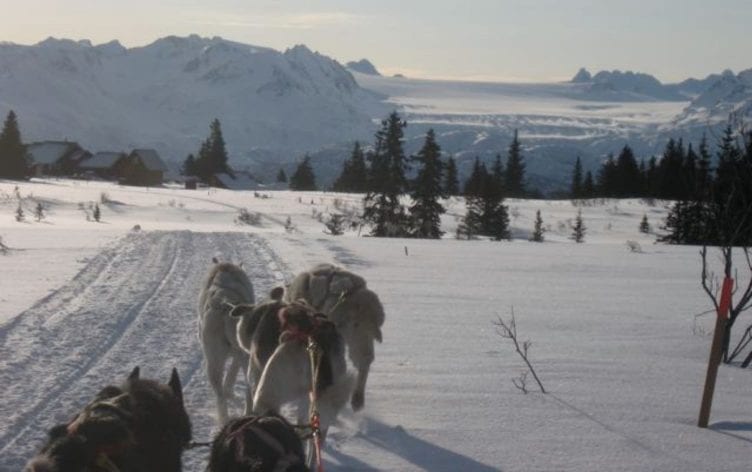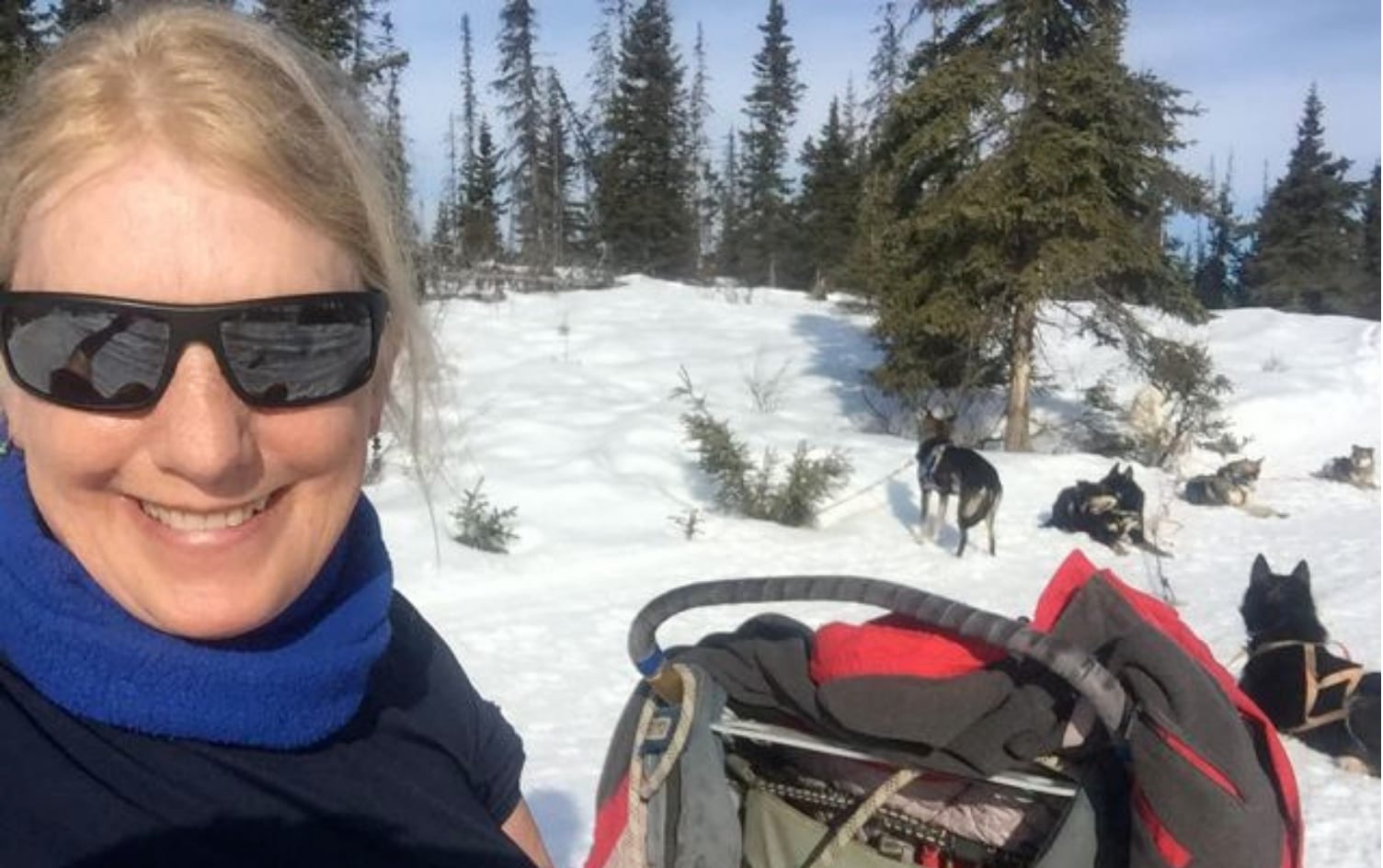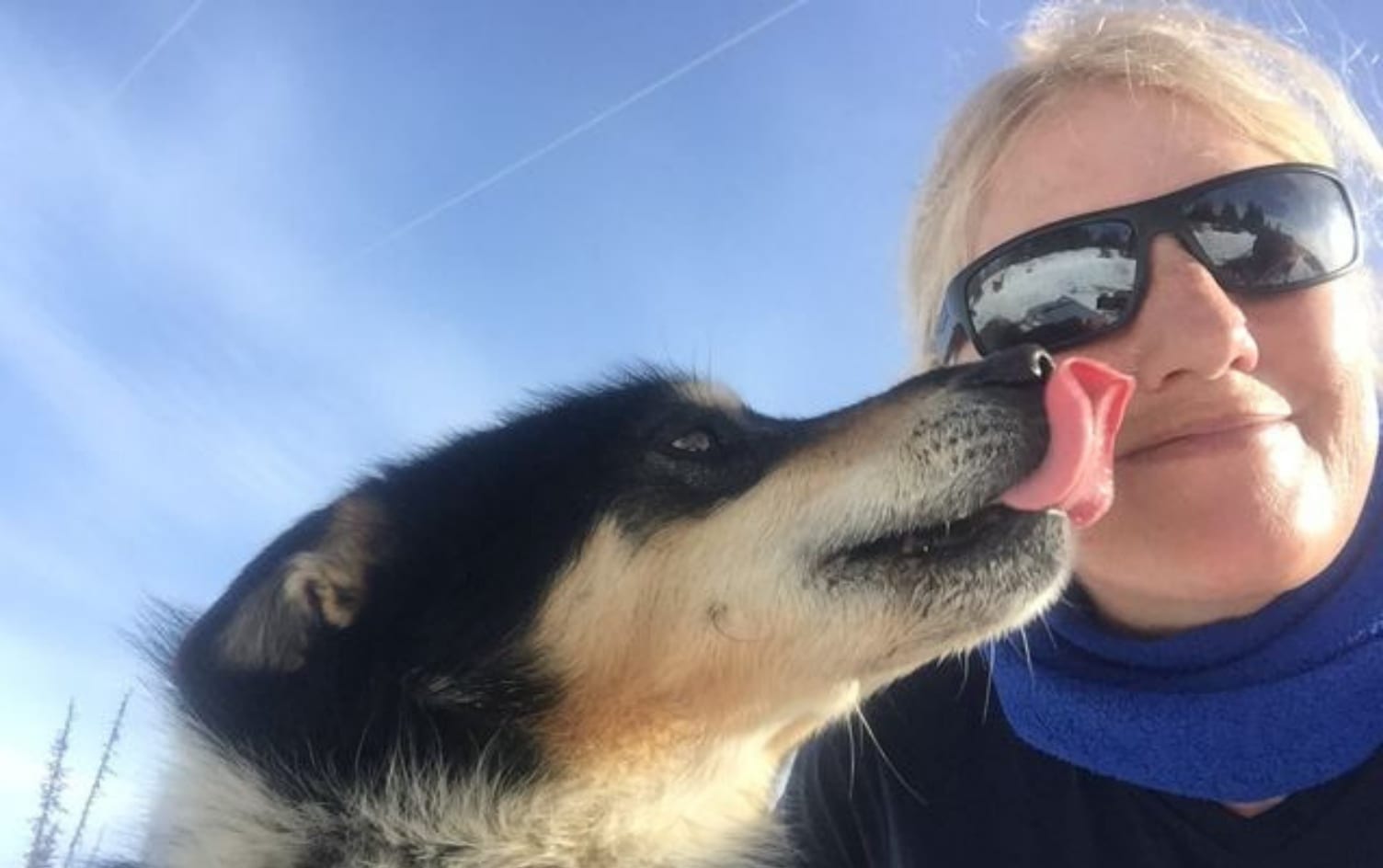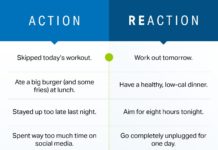
Libby Riddles on the What it Takes to Win the Iditarod
Libby Riddles made history in 1985 when she became the first female to win Alaska’s 1,100-mile dog sled race known as the Iditarod. Braving temperatures of up to 60º F below zero, getting tossed around on a sled and taking chances, like steering her team of 16 huskies across frozen oceans, made this race the most grueling feat the professional dog musher has ever undertaken.
But the esteemed athlete took some chances, persevered and relied on her training and preparation to get across the finish line. While on a recent trek across Alaska on the Star Princess, we spoke with the Iditarod champ to hear about what went into prepping for such a feat — both mentally and physically, how she kept going when everything in her body was screaming for her to quit, and why the Iditarod diet is one that will make every athlete jealous.
Q: The Iditarod is a super grueling race. How do you mentally prepare for such an event?
Riddles: It’s mostly just trying to live up to the reputation of being an Alaskan. It’s kind of the reputation of these places that we’ve got to be tough. The Iditarod is the epitome of that — be tough and smart out in the woods, be good with animals. It takes a lot of practice and training and trial and error.
Q: Does getting ready for the race require a lot of physical preparation?
Riddles: You run your dogs on every kind of condition you can think of. If it was the stormiest day of the year, I’m hooking up dogs because I gotta practice for the Iditarod. That’s part of how you do it. Part of what makes you tough is your day-to-day chores with the dogs. It doesn’t matter how sick you are, how bad your headache is, how much you don’t feel like it, those animals are counting on you to take care of them every day. So sometimes just the care of these dogs, the 365 days a year, is part of what makes you tough. Then you know everybody else who is out there is going through the same stuff you are, too. Are they whining? No. We don’t like whiners here (laughs).
A lot of people ask about physical training and if you saw the lifestyles we had, you’d think we’d need a doctor or a chiropractor, not more workouts. We’re working like crazy just carrying heavy buckets of dog food and moving dogs from one place to another and they’re pulling against you the whole time, manhandling the sled as you go down the trail and moving bags of dog food and shoveling snow and hauling water and chopping firewood. It just never ends. A long time ago I started doing yoga to keep from being injured. The better you are in shape, of course, the more benefit it’s going to be. But most of us are pretty healthy just because of the lifestyle.
Just learning how to drive the dog sled is something that takes you years. These dog teams are powerful. The 16 dogs we run with can pull my pickup truck and to steer the sled, we are using our body weight and the flexibility of this sled. These trails are rough.
Q: You are out there racing in 20 below weather at times. How do you power through those freezing conditions?
Riddles: I never wanted to quit when it was cold. You know you’re going to get cold. That’s just part of the deal. If I’m going down this trail and I’m cold, maybe I just didn’t put the energy I should have into the right gear. But I always get cold anyway. If you get cold, you can start kicking on the back of the sled. I used chemical hand warmers sometimes. You have to eat the right foods. You have to eat a really high-fat diet to have the inner heat to keep yourself warm. And then just mentally you just have to realize you are going to get cold.
Q: What is the Iditarod diet like?
Riddles: I had to psych myself into eating sometimes because you’re sort of stressed. But I ate everything from popcorn to pizza to seal oil and seal meat and Eskimo ice cream. And I love dried cereal with powdered milk. I just pour water on it and it was bland enough that I’d eat it anytime. To quench your thirst, frozen peas or frozen vegetables, to have those in your pocket and just being able to eat them as you go down the trails like a thirst quencher. I was so sensitive out there to what I ate. You have to be careful with sugar. Even caffeine, you have to be really careful with because you are tired and it’s tempting to do the caffeine thing but the crash and burn from sugar or caffeine will lay you down.

Q: Is dog sledding more physically demanding on your body than people think it is?
Riddles: Oh yeah! You’re steering all the time. Your upper body is using the handlebar. When you first start in the fall, your pectoral muscles get really sore, your hands, too. We kick and we run. Some people ski pole. You are also just getting your back compounded from the beating going down the rough trail sometimes. That’s why I think things like stretching are important. It’s a lifestyle for sure. You don’t even need to fully go to the gym. Man, you get a workout every day.
Q: You hit a storm while racing and decided to push through, while the other racers sat it out. What went into that decision to take a chance and lead your team across a potentially dangerous frozen ocean and ultimately to victory?
Riddles: When I won the race, I was living up in this Eskimo village north of Nome. And they are famous for wind and crazy weather. The wind I’ve seen between Nome and Teller is even worse than the storm I was in in Shatoolik. The dogs grew up in the wind so they were a little bit used to it. I was so focused on doing well in the Iditarod. I knew I had a good dog team so I was sitting on a hot team trying to think, “Am I very good driver? Can I do this?” I was doing pretty good in this race, right along the top handful of people in it. And then I just kept pushing a little bit more and then I’m out in the very front of the race. I knew that a couple of years before this same thing had happened to Herbie Nayokpuk who had grown up in Shishmaref, spent his whole life there. He was the first one to go out from Shatoolik a few years earlier in the early ‘80s and the weather pushed him back and he said it was the worst night of his life. And so I’m thinking, “If Herbie couldn’t pull this off, what makes me think I could?” But I had to try because how many times do you get in the lead in the Iditarod? It was a gamble because you’re going on ocean ice, which is extremely dangerous. If you get lost there, you can be in open water. That’s really scary stuff. So I had to be extremely careful. But I don’t think I could have forgiven myself if I didn’t try it.
The next day, the mushers in the race waited around in the morning eating hotcakes and looking at the weather and hoping it might improve. But I had my Eskimo seal oil and my handmade Eskimo parka and I had the right gear and I had the right experience where I didn’t freeze out there. The dogs dealt with it way better than I did. They just get buried with the snow and it insulates them. I had food for them and they’d get excited because they know they are going toward home. It was a great team.
That storm was by far the most challenging aspect of the race for me. There were some tough spots but that was the most dangerous — 60 below in the Yukon was pretty intense, too. There can be some pretty wild times out there in the Iditarod.

Q: You had competed in the Iditarod and came in 18th and 20th place. What was the difference between those races and your winning one?
Riddles: I totally regrouped after those two. When I got started in the Iditarod, I used older, experienced dogs from other people. Then I wanted to raise my own dogs and race with my own dogs. Those are the dogs I ended up winning with. They were raised up in the village where it’s always windy, and from day 1 we were raising them for this kind of a thing, this long distance.
Q: You were the first female to win this race. Is that surreal?
Riddles: It’s been an amazing journey since winning the race, all of the things that have happened. I never really thought it was that big of a deal when I won it but over the years I’ve definitely seen it is a big deal to a lot of people so I’m really proud of that. It’s great to be an inspiration to young people through my books. I still get feedback all these years later from these people that enjoy the story and just the attitude I guess.





